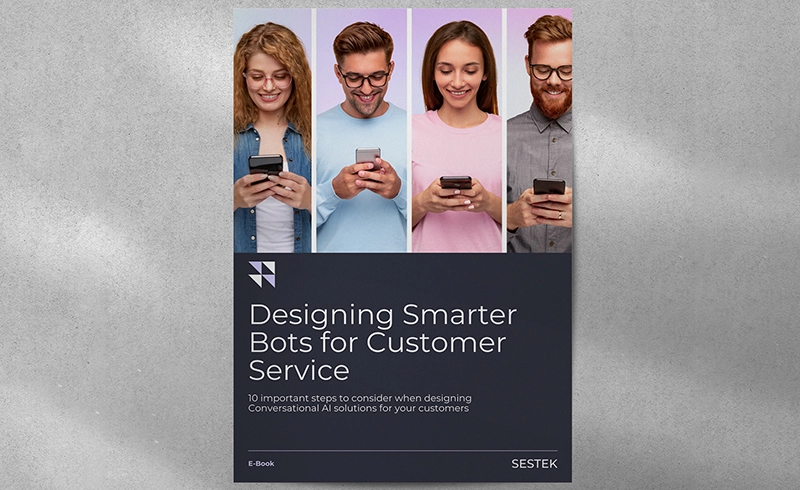Chatbots have been around for decades, but recent advancements in AI have transformed them into indispensable tools for both individuals and businesses. Almost half (49%) of U.S. adults have used an AI chatbot for customer service in the last twelve months, and chatbot usage is expected to continue rising. By 2027, approximately 25% of organizations are expected to use chatbots as their primary customer service channel, according to Gartner. Meanwhile, Juniper Research predicts that global retail spending on chatbots will reach $72 billion by 2028.
What Makes Chatbots Crucial in Customer Service
Chatbots have become indispensable in customer service due to the many advantages they provide. They excel in self-service automation, offering instant, 24/7 support and handling multiple inquiries simultaneously, which significantly reduces wait times. Their scalability allows businesses to efficiently manage high volumes of requests, enabling human agents to focus on more complex issues.
Moreover, chatbots enhance the customer experience by delivering consistent and personalized support, leveraging customer data to tailor responses. When needed, they smoothly transfer conversations to live agents, ensuring a seamless handoff and boosting customer satisfaction. These features make chatbots vital for improving both service efficiency and overall customer satisfaction.
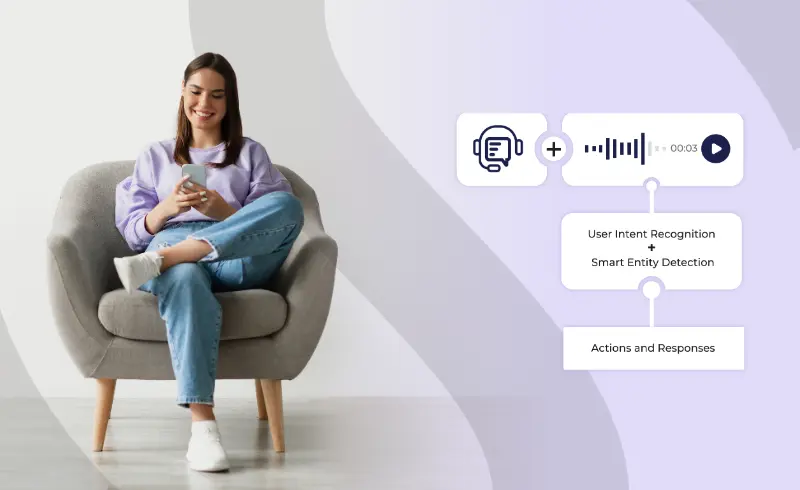
Avoiding Common Chatbot Design Mistakes
While chatbots offer many advantages in customer service, a poorly designed bot can do more harm than good. Instead of assisting users, these bots can cause frustration, leading to a negative customer experience. Designing smarter, more adaptable bots is crucial for maintaining customer satisfaction and engagement. Here are common mistakes that can hinder a chatbot's effectiveness:
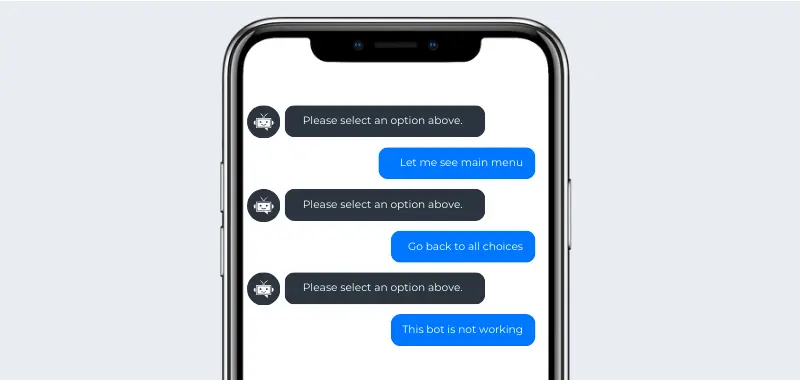
- Limited Conversational Flexibility: Bots that only understand rigid, predefined inputs often struggle to recognize or respond to different phrasing or variations in user language. This lack of flexibility can quickly frustrate customers when the bot fails to grasp their intent, making it a roadblock instead of a helpful tool.
- Overloading with Too Many Features: When a chatbot is packed with excessive features or displays complex menus, it can overwhelm users. Customers may find it challenging to navigate and locate the solutions they need, which can lead to disengagement or abandoning the conversation altogether.
- Lack of a Clear Personality: Bots without a distinct personality can feel robotic and impersonal. This absence of human touch reduces the likelihood of meaningful engagement, as customers often prefer human-like interactions, even when speaking with AI-based tools.
- Inability to Handle Complex Queries: Some bots struggle with handling complex or nuanced customer requests. If they fail to provide appropriate responses or smoothly escalate the issue to a live agent when needed, it can result in frustration and lead customers to abandon the interaction.
- Poor Multichannel Integration: Chatbots that don’t integrate well across various platforms, such as websites, messaging apps, and mobile devices, create fragmented experiences. When customers switch between channels, they may have to restart the conversation, which not only wastes their time but also leads to dissatisfaction.
Addressing these mistakes highlights the importance of designing smarter and more adaptable bots that enhance customer interactions.
In our e-book, Designing Smarter Bots for Customer Service, we outline 10 key steps to help businesses avoid these common pitfalls and build more effective, customer-friendly chatbots. Below are essential strategies to consider when designing advanced chatbots that not only meet user expectations but also elevate the overall customer service experience.
Steps to Building Smarter Bots
Develop the Bot’s Personality
Ensure the bot reflects your brand’s unique voice and communicates in a way that feels natural and engaging. Start by defining user personas, segmenting by factors like age groups and customer status, to tailor the bot’s responses accordingly. By following these principles, you can transform the bot into a dynamic brand representative that resonates with users and delivers a personalized, consistent experience.
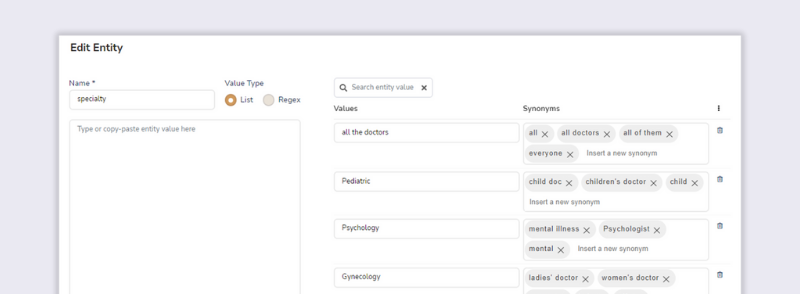
Engage the End-User
Creating a character for your bot is just the first step; the real challenge lies in making interactions engaging and authentic. Users expect conversations that feel human and evoke positive emotions. To achieve this, focus on creating dialogue that is dynamic, interactive, and personalized to each user's needs. By anticipating user intent and responding in a way that feels natural, you can turn routine interactions into meaningful engagements that build trust and satisfaction.
Create an Effective Conversation Flow
Design your bot to guide users toward quick and seamless issue resolution, while remaining flexible enough to adapt to various user inputs. Avoid rigid scripts that can't handle off-topic questions or unclear commands. Instead, plan for these scenarios by mapping out alternative pathways and error handling.
Clearly define the bot's capabilities, responses, and available options so users understand what the bot can and can't do, ensuring a smooth and intuitive experience for every interaction.
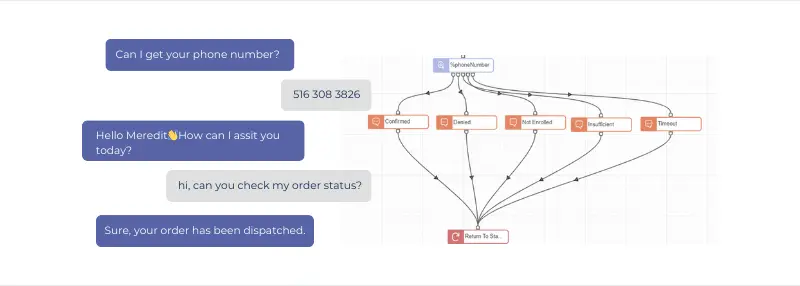
Ensure a Seamless Experience
Design a conversational flow that allows users to transition effortlessly between topics, without being overwhelmed by too many features or complex menus. Eliminate the need for a traditional main menu by guiding users naturally through the conversation, offering intuitive next steps based on their inputs. This creates a smoother, more enjoyable experience that helps users find solutions quickly and easily, without unnecessary complexity.
Incorporate Visual Integration
Incorporate visually striking elements in your chatbot design, such as graphics, icons, and animations, to capture user attention and create a more engaging experience. Visuals can simplify information delivery, making interactions easier and more intuitive. Ensure your chatbot maintains a consistent visual identity across various platforms, including websites, mobile apps, and messaging services, to provide a seamless experience.
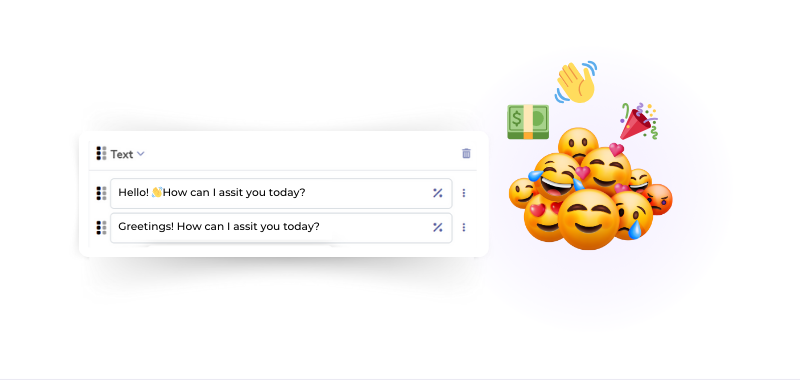
Learn How to Design Smarter Bots for Customer Service
Download our free e-book to dive deeper into these steps and discover the remaining 5 key steps to building smarter, more effective bots.
